On August 1, 1980, the state of New Jersey officially established the National Guard Militia Museum of New Jersey, placing it under the direction of the New Jersey Military Academy; both are located on the National Guard Training Center in Sea Girt.
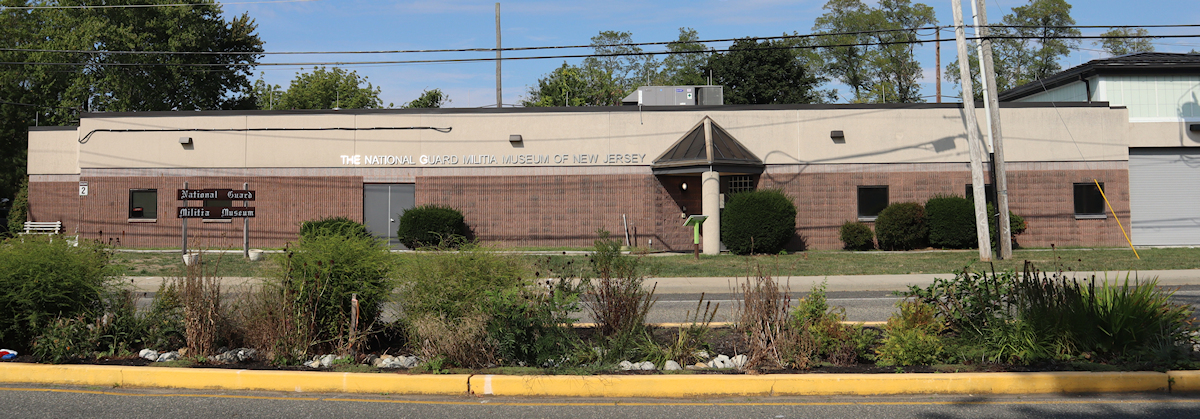
New Jersey’s preeminent military museum tells the story of the state’s Militia and National Guard beginning with Dutch, Swedish and British colonization, through the War for Independence to the Civil War, World Wars I and II, and up to the present day, paying particular attention to the diversity of the New Jersey citizen soldier and his or her experience. Notably, the museum has one of the largest collections of New Jersey-related Civil War research material in the country, including copies of diaries, letters, newspaper clippings, memoirs, regimental histories and articles.
During its four-decade-long tenure, the museum has steadily expanded its mission to preserve and present the story of the state’s vibrant military history to New Jersey’s citizens. In addition to presenting historically accurate interpretive exhibits, the museum supports students, researchers, and educators, by serving as an accurate source on history. Supporting education is expected to continue to be among the museum’s highest priorities in the foreseeable future.
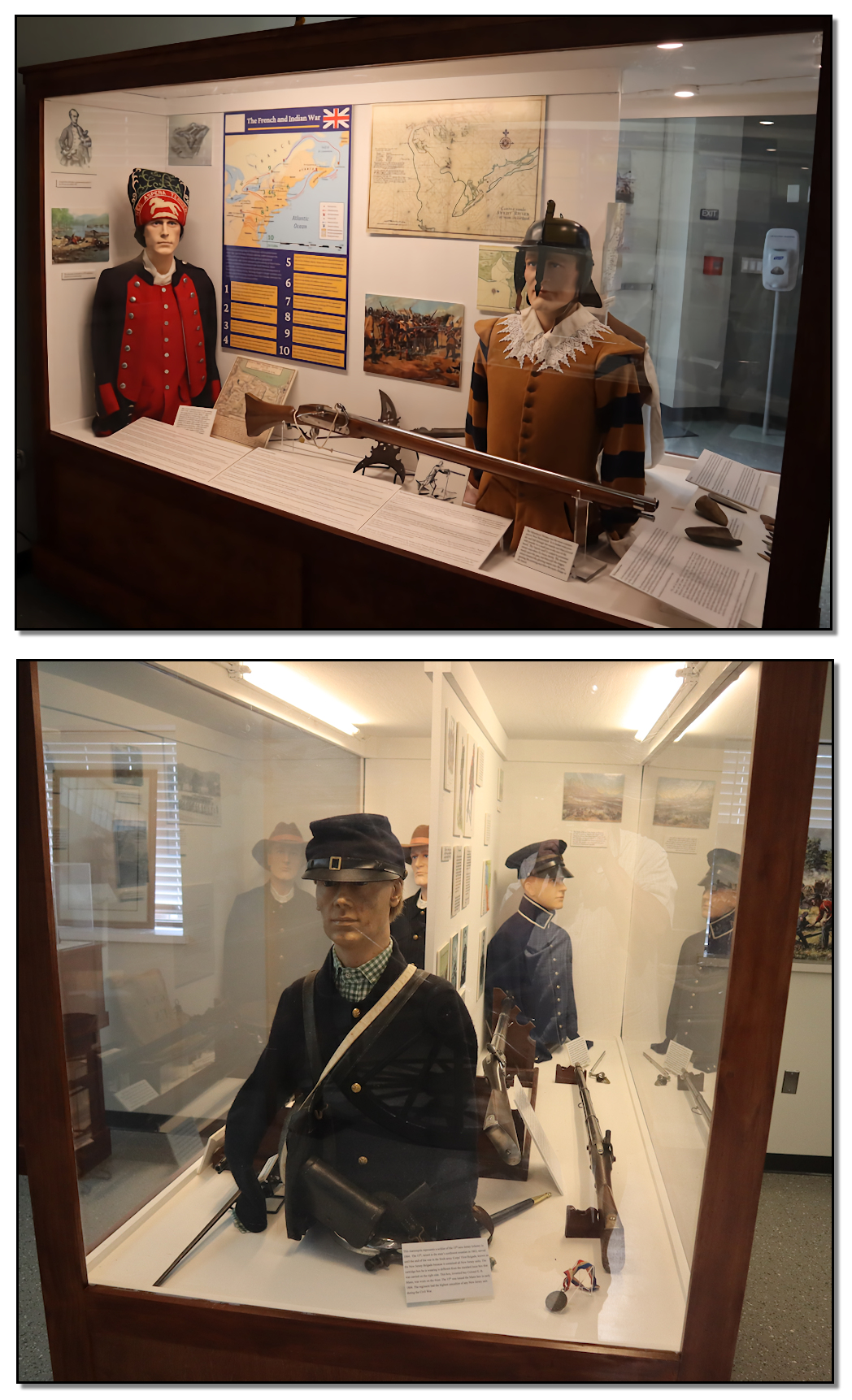
A significant ongoing part of that is the museum’s Veterans Oral History Program, begun in 2002. The program, which is affiliated with the Library of Congress, features over 600 filmed interviews with veterans of conflicts from World War II to the present.
An important component of the museum’s interpretive exhibits is one on African American citizen soldiers, with photos, an original uniform, and other artifacts of the First Separate Battalion, the first unit of the New Jersey State Militia to permit Blacks to enlist. The First Separate Battalion gained national acclaim in 1934 in the wake of the disaster of the SS Morro Castle, a luxury passenger liner that experienced a fatal onboard fire; the ship, after towing efforts failed, had eventually drifted ashore at Asbury Park. New Jersey’s governor, from his summer residence in Sea Girt, ordered the African American militia to the beach to bolster local rescue efforts. The men of Companies A and B braved almost hurricane conditions, rescuing survivors and recovering bodies drifting to shore. Some of the officers, morticians in civilian life, established an improvised morgue in the National Guard camp. The First Separate Battalion was awarded a commendation from the governor for their effective work, and also proved the viability of African American citizen soldiers in an era when the National Guard still had limited interest in providing such opportunities.
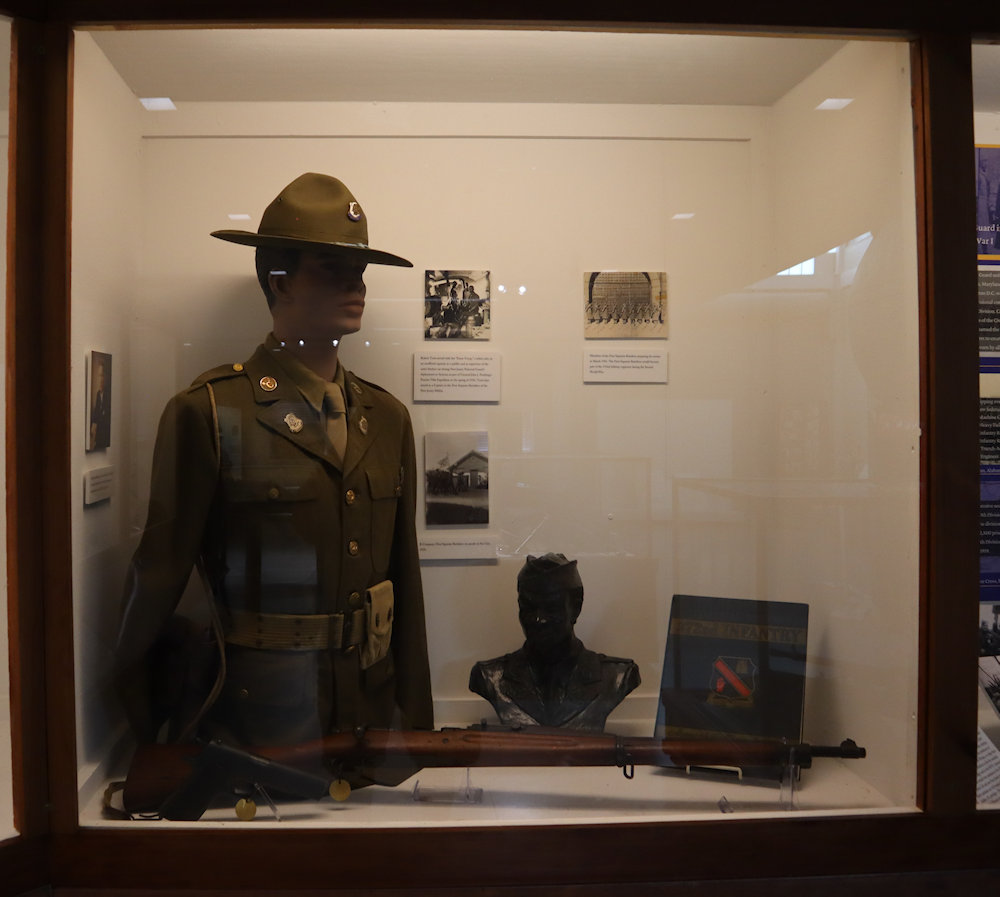
History of the Museum
In 1980, a small but dedicated group of New Jersey National Guard officers set out to create a museum to preserve and explain the history of the Garden State’s citizen soldiers. Colonels John G. Johnson, George E. Marshall, Harold W. Nutt, James A Broderick, and Chief Warrant Officer Edward M. Geiger worked to identify a suitable location, initiate the collection of artifacts, and construct exhibits that explained “The role of the militia in the history of New Jersey.” Chief of Staff of the New Jersey Department of Defense Major General Wilfred Menard agreed, recognizing, “that a museum is an integral part of the military.”
Once the museum had been founded, personnel assigned to the museum and volunteers worked hard to turn around disused buildings, working on weekends or on their own time. The museum opened its doors in August of 1981, moving to various facilities before establishing itself in buildings 66, 67, and 68 by 1987. The museum made strides to be recognized by the Center of Military History, a result of the hard work of these groundbreakers and paving the way towards more support for future activities. When the NJMA was reflagged as the 254th in 1993, the museum became a more independent entity under NJ Department of Military and Veterans Affairs.
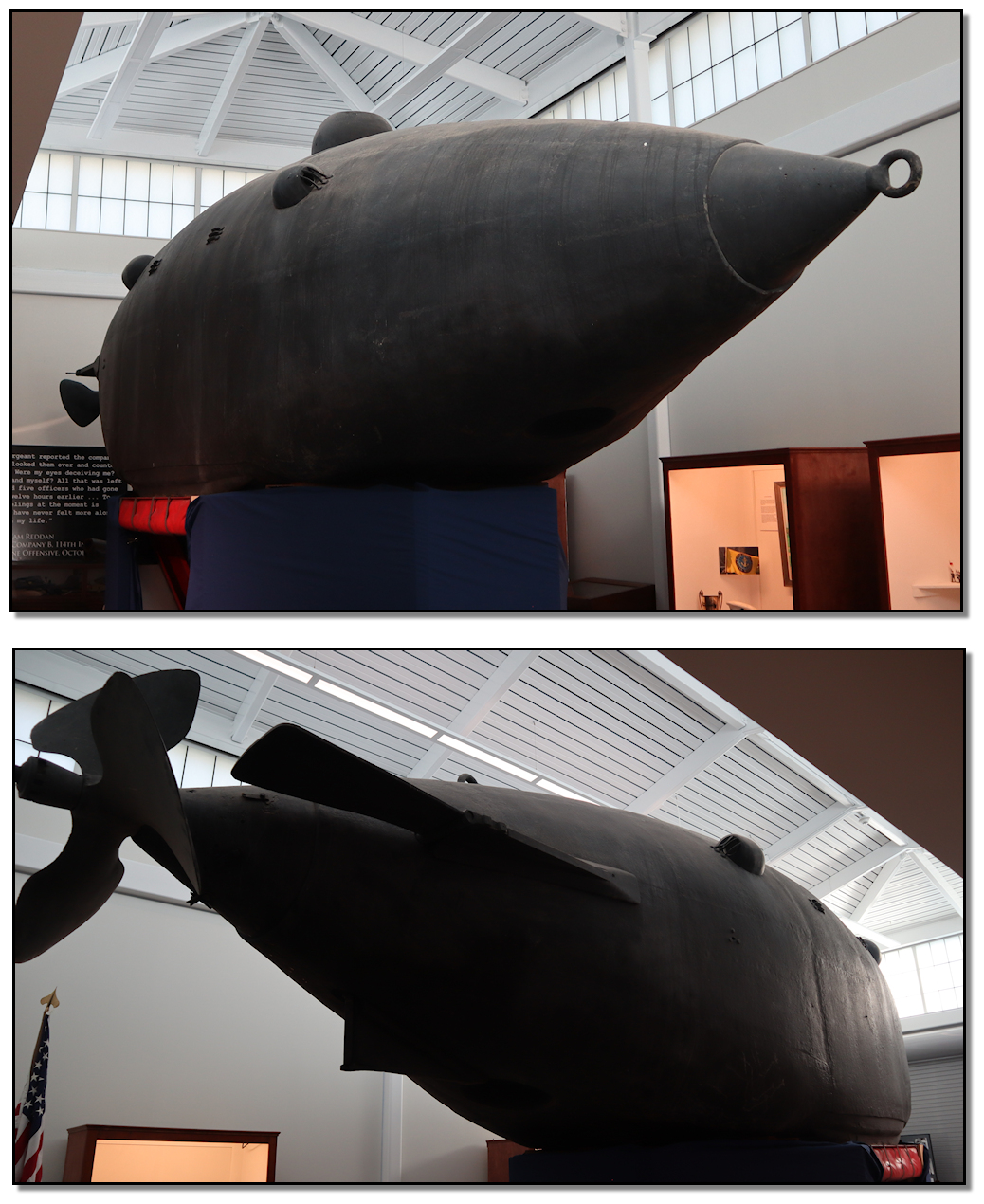
The 1990s saw the museum’s two biggest additions. The first, still the most popular and unique artifact on hand, is the Civil War-era submarine Intelligent Whale. The only surviving submarine made by the Union came back to New Jersey from the Washington D.C. Naval Yard Annex in 1999. The second major addition to the museum occurred in June the year before, with the establishment of the museum’s Artillery Annex in Lawrenceville, N.J.
Disaster struck in October 2012 when Superstorm Sandy devastated the museum, as well as much of the New Jersey coast. Dozens of individuals, including guardsmen, temporary employees, and volunteers worked around the clock over the next six months to put the museum back on its feet. In April of 2013, the museum at Sea Girt celebrated its reopening, though there was much work to be done.
In 2021, both the main museum in Sea Girt and the Lawrenceville Annex welcomed the public to new buildings on their respective sites. Sea Girt repurposed a building at the front of the National Guard Training Center that is more accessible to the public, and perhaps more importantly, further from the water. The Lawrenceville Annex is housed in a brand-new building with more than 5,000 square feet of display space that better complements the impressive collection of armored vehicles and artillery.
The National Guard Militia Museum of New Jersey is located at 100 Camp Drive in Sea Girt. The museum is open Monday through Friday from 10:00 a.m. to 3:00 p.m., closed on state holidays. Parking and admission are free. For more information, visit the museum web site.
Source:
The National Guard Militia Museum of New Jersey. Available: https://njmilitiamuseum.org/
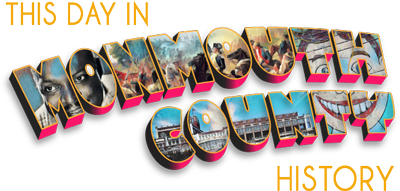
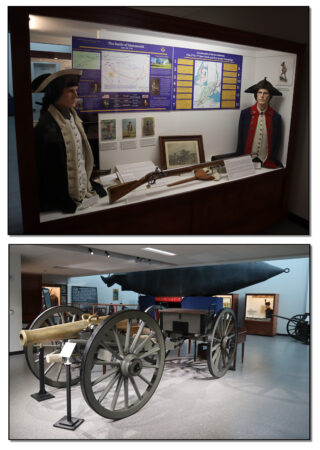
Leave a Reply